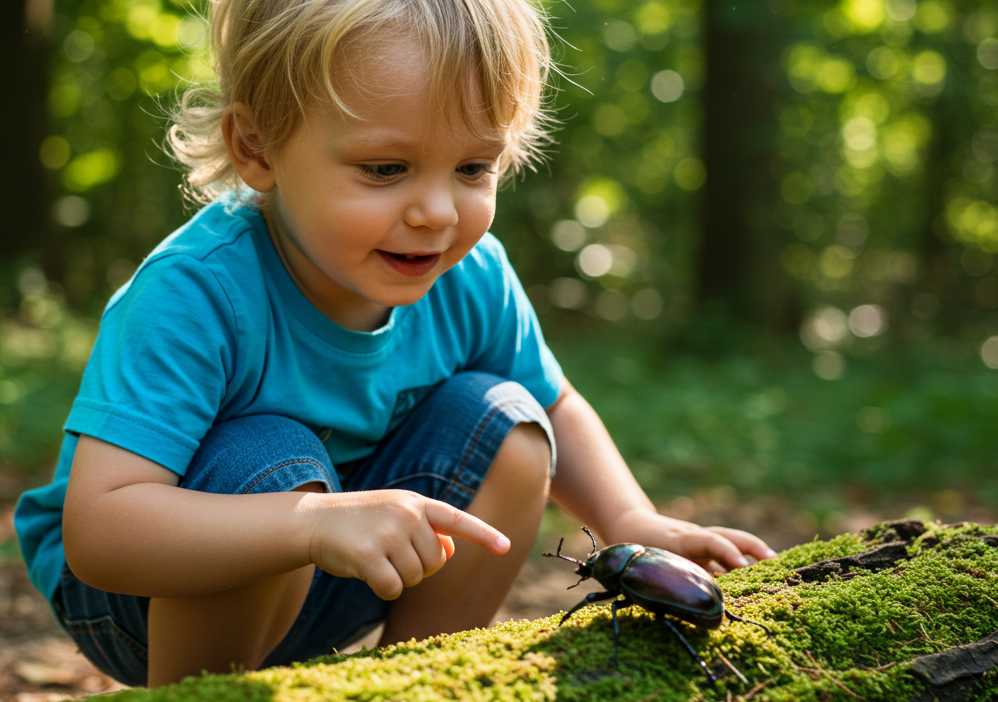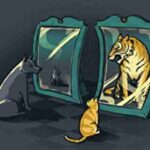The other day, my wife and I enjoyed babysitting our neighbor’s three-year-old grandson, Sawyer. Visiting from Anchorage, Alaska, Sawyer was staying with his grandfather here in Colorado. It was a beautiful afternoon, so we decided to spend some time outdoors. What happened next completely caught me off guard.
As we explored the backyard, I noticed something profound—Sawyer was captivated by everything. A bug crawling on a leaf, the rustle of wind through the trees, even the shadow of an airplane flying overhead. Every tiny detail seemed to fascinate him. He was completely immersed in the moment, driven by a raw and unfiltered curiosity. In his eyes, the world was brand new.
Watching Sawyer was like watching a person discover Earth for the first time. And that made me realize how much we, as adults, miss. We move through life with blinders on, distracted by trivial things like who took our parking space or how many likes our latest post received. We lose our ability to wonder—to be curious—and in doing so, we disconnect from the world around us and the wealth of insights it offers.
The Price of Grown-Up Blindness
As we age, society seems to beat the curiosity out of us. We’re trained to focus on routines, deadlines, efficiency, and productivity. Curiosity and wonder? Those get left behind in kindergarten.
This sleepwalking through life doesn’t just dull our senses—it can be downright detrimental in business. Innovation, after all, begins with curiosity. It begins with asking, “Why?” and “What if?”
Take the invention of Velcro, for example. Swiss engineer George de Mestral noticed how burrs from plants stuck to his dog’s fur after a walk in the woods. Rather than brush it off and move on, he asked why. That simple question led to a revolutionary fastening system now used in everything from sneakers to space suits.
Curiosity turned a nuisance into an invention worth billions.
What Nature Can Teach Business
The natural world is overflowing with insights for those who are curious enough to notice. Biomimicry—a growing field of innovation—draws inspiration from nature to solve human problems. Termite mounds in Africa have inspired energy-efficient buildings. The structure of bird wings helped shape the design of aircraft. Even something as seemingly mundane as the lotus leaf led to the creation of self-cleaning surfaces.
But you don’t need to be an engineer to benefit from nature’s wisdom. Business owners, entrepreneurs, and creatives can all benefit by tapping back into that childlike sense of wonder. Sometimes, the best ideas aren’t hiding in market research—they’re hiding in plain sight, waiting for someone to notice them.
Rediscovering Your Inner Sawyer
The next time you walk to your car or sip your morning coffee, pause. What do you see? What do you hear? What do you feel? Try to channel a little Sawyer energy. Be curious. Ask questions. Let your brain wander.
You might be surprised at what bubbles up when you give your mind room to breathe.
Here’s a simple challenge: Take 10 minutes this week to observe something closely. It could be the way leaves fall, how people behave in a coffee shop, or how your dog reacts to a new sound. Write down any thoughts or questions that come to mind. This isn’t about being productive—it’s about reawakening the creative part of your brain.
Because, at the end of the day, that’s what great business ideas—and fulfilling lives—are made of: wonder, curiosity, and noticing what others overlook.
Do you still see the magic in the world around you? Or have you allowed routine and responsibility to dull your senses? What would happen if you started noticing again?












